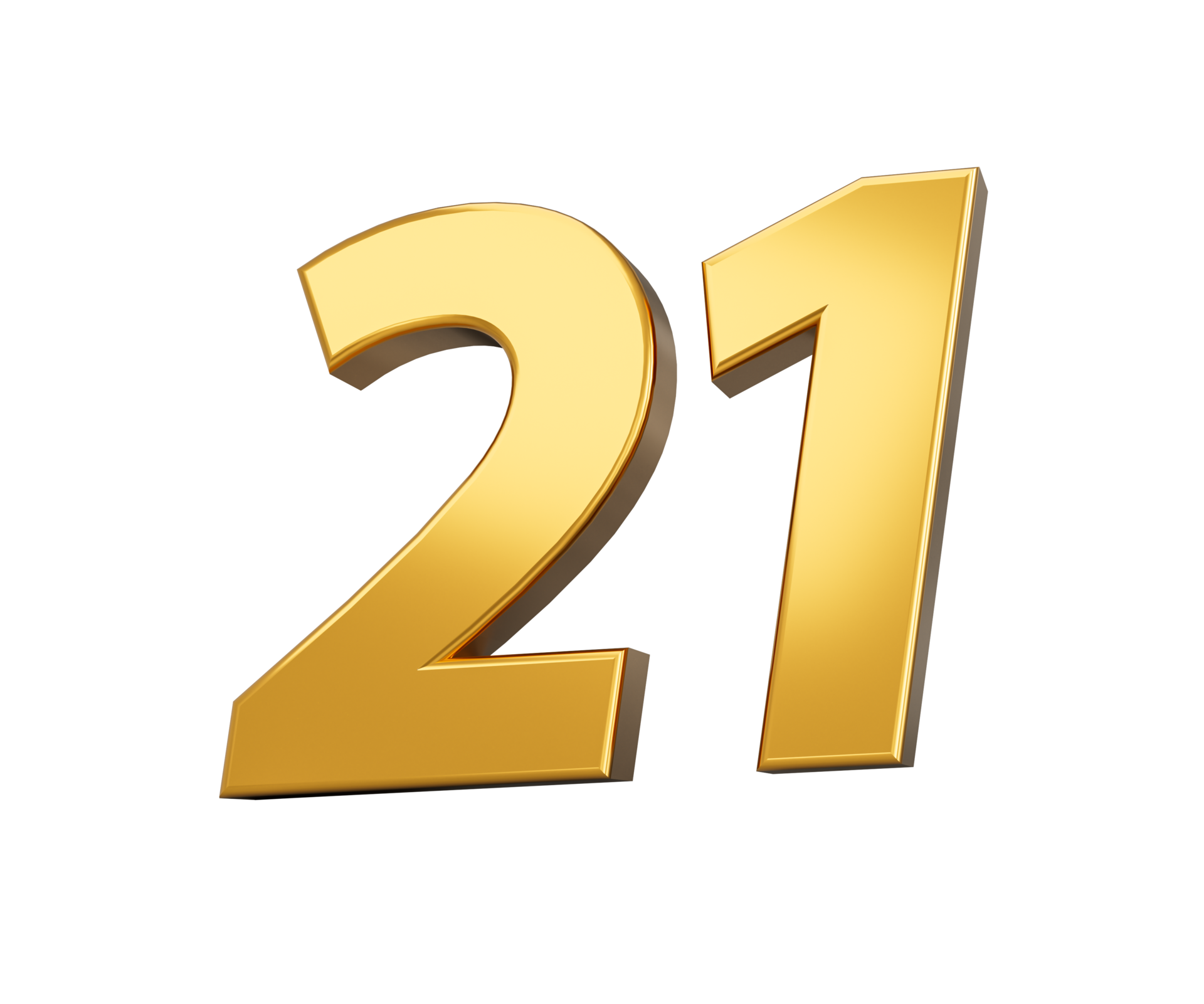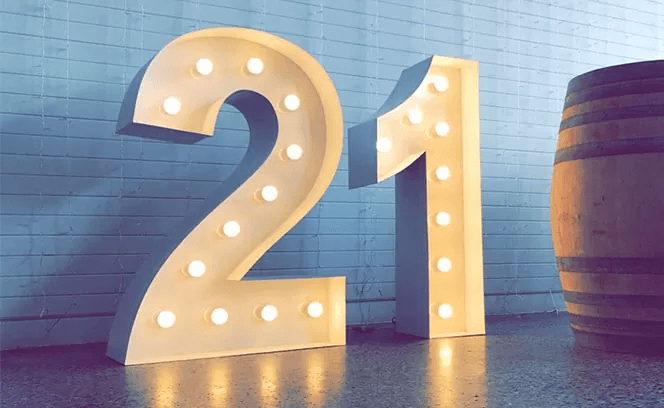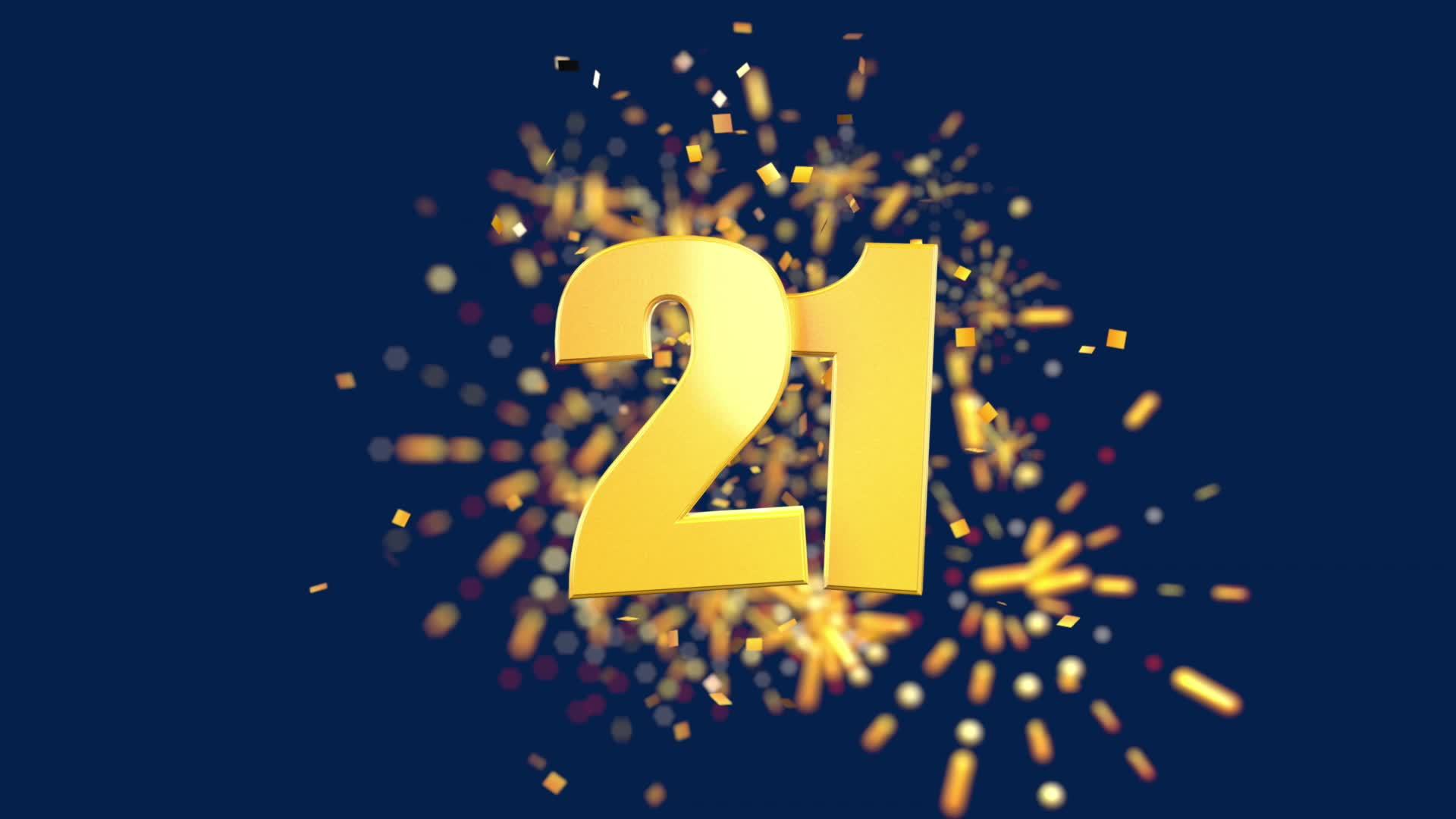Unraveling The Secrets Of A Natural 21: Probabilities & Strategy
In the captivating world of card games, few outcomes are as thrilling and instantly recognizable as a "21 natural." This isn't just a lucky hand; it's a fundamental concept rooted deeply in probability and strategic play, particularly in the realm of Blackjack. Understanding what constitutes a "21 natural" and its underlying mathematical likelihood is crucial for anyone looking to grasp the true dynamics of the game, moving beyond mere chance to an informed appreciation of its intricacies.
This comprehensive guide delves into the core mechanics behind achieving this coveted hand, exploring the probabilities, strategic implications, and the subtle psychological warfare that often accompanies it. We'll break down the numbers, demystify the house advantage, and provide insights that illuminate why a "21 natural" is more than just a fleeting moment of luck – it's a testament to the elegant interplay of mathematics and decision-making.
Table of Contents
- Understanding the Natural 21: A Foundation in Probability
- The Mathematics Behind the Magic of 21 Natural
- Deciphering the House Advantage in 21 Natural Scenarios
- Beyond the Numbers: Psychological Warfare in Blackjack
- The Role of Data in Understanding 21 Natural
- Strategic Implications for Achieving a 21 Natural
- Refining Your Approach: Adding the Extras
- Conclusion: Mastering the Art of 21 Natural
Understanding the Natural 21: A Foundation in Probability
At its heart, a "21 natural" in Blackjack, often simply called a "natural" or "Blackjack," is an initial two-card hand totaling 21. This typically consists of an Ace (valued at 11) and any ten-value card (10, Jack, Queen, or King). It's the strongest possible starting hand and usually results in an immediate win, often with a higher payout than a standard win (e.g., 3:2 instead of 1:1). The allure of this hand is undeniable, but what are the true chances of it appearing? The concept of a "21 natural" is intrinsically linked to the mathematical underpinnings of card games. It's not just about getting lucky; it's about the finite possibilities within a deck of cards. Every card dealt shifts the probabilities for subsequent draws. This dynamic environment is where the beauty of probability shines, influencing every decision a player makes. Understanding these probabilities is the first step towards a more informed and strategic approach to games that resemble Blackjack.The Mathematics Behind the Magic of 21 Natural
When we talk about the likelihood of specific events in card games, we're diving into the realm of probability theory. For a "21 natural," the calculation involves knowing the number of Aces and ten-value cards in a standard deck. In a single 52-card deck, there are four Aces and sixteen ten-value cards (10, J, Q, K of each suit). To calculate the probability of drawing an Ace and then a ten-value card (or vice versa) as your first two cards, you multiply the probabilities of each individual event. For instance, the probability of drawing an Ace first is 4/52. If you draw an Ace, there are now 51 cards left, and the probability of drawing a ten-value card is 16/51. Multiply these together, and then multiply by two (because you could draw the ten-value card first, then the Ace), and you get the overall probability. This foundational calculation is what gives us the widely accepted figure.Comparative Probabilities: A Closer Look
The "Data Kalimat" states, "Comparatively, the natural 21 probability is about 5%." This percentage, approximately 4.8% to be more precise in a single-deck game, is a crucial benchmark. It tells us that roughly one in twenty hands dealt will be a "21 natural." This figure is an average and can fluctuate slightly based on the number of decks used in the game (more decks slightly reduce the probability of a natural). To put this into perspective, consider other common game scenarios. For instance, what are the odds of getting a specific pair, or a total of 17 or 18? These probabilities are often higher than a natural 21, but they don't carry the same immediate winning power or payout. The relatively low probability of a natural 21 is precisely what makes it so desirable and impactful when it occurs. It’s a rare, powerful event that significantly shifts the game's momentum.The Intrigue of Doubling Down
Another fascinating aspect of Blackjack strategy revolves around the "doubling down" option. The "Data Kalimat" mentions, "The probability for a legitimate doubling down hand is 8%." This refers to the chance of being dealt a hand where doubling down is mathematically advantageous. Typically, this involves hands totaling 9, 10, or 11, where drawing one more card (ideally a 10-value card) can lead to a strong total. The 8% probability for a legitimate doubling down hand is significantly higher than the 5% for a "21 natural." This highlights a key strategic point: while a natural 21 is a dream outcome, understanding and leveraging other high-probability strategic moves like doubling down can be just as, if not more, impactful over the long run. It's about maximizing your chances in various situations, not just waiting for the perfect hand. These calculations resemble blackjack a lot, showing the strategic depth beyond mere chance.Deciphering the House Advantage in 21 Natural Scenarios
One of the most critical concepts in any casino game is the house advantage (HA), also known as the house edge. This is the mathematical edge the casino holds over the player, ensuring profitability in the long run. The "Data Kalimat" states, "Excluding the simultaneous natural situations, and considering the payout of 1 to 2, the house advantage (ha) becomes crystal clear and indisputable." This phrase points to a specific scenario where the house's edge is particularly evident. A payout of 1 to 2 (or 1:2) is unusual for a natural 21, which typically pays 3:2. If a natural 21 only paid 1:2, it would drastically increase the house advantage, making the game far less favorable for the player. The standard 3:2 payout for a natural 21 helps to reduce the house edge, making Blackjack one of the more player-friendly casino games when played with optimal strategy. The "simultaneous natural situations" likely refers to instances where both the player and the dealer get a natural 21, resulting in a "push" (no win, no loss). Even in these rare occurrences, the overall house advantage is subtly maintained through the rules of the game. The house advantage is an inherent part of the game's design, and understanding it is vital for any player. It's the reason casinos exist and thrive. While a "21 natural" feels like a huge win, the house always has its edge built into the probabilities and payouts over millions of hands.Beyond the Numbers: Psychological Warfare in Blackjack
The "Data Kalimat" intriguingly notes, "An interesting mixture of blackjack with poker psychological warfare." This statement opens up a dimension beyond pure mathematics. While Blackjack is largely a game of probability and strategy, the human element, particularly at a live table, introduces psychological dynamics. Players and dealers alike can exhibit tells, bluffs, or strategic pauses that influence decisions, even if subtly. In poker, psychological warfare is overt, with players trying to read opponents and manipulate perceptions. In Blackjack, it's more subdued but still present. A dealer's demeanor, a player's reaction to a bad beat, or even the way cards are handled can create a subtle tension. Knowing when to hit, stand, double down, or split isn't just about card count; it's also about managing your own emotions and sometimes, trying to gauge the dealer's potential hand based on their upcard and any subtle cues. While not as pronounced as in poker, the psychological undercurrent adds another layer of complexity to the pursuit of a "21 natural" or any other winning hand.The Role of Data in Understanding 21 Natural
Data is the backbone of probability and strategic analysis in card games. The provided number sequences offer a glimpse into how data might be collected, organized, and analyzed to understand game outcomes and probabilities. Consider the sequence: "0 10 20 30 40 1 11 21 31 41 2 12 22 32 42 3 13 23 33 43 4 14 24 34 44 5 15 25 35 45 6 16 26 36 46 7 17 27 37 47 8 18 28 38 48 9 19 29 39 49 in red." This looks like a structured way of listing numbers, possibly representing outcomes or card values in a larger system. The presence of "21" within this sequence, alongside other numbers, reinforces its significance within a broader numerical context. It illustrates how specific numbers are part of a larger set of possibilities.Sample Draws and Numerical Sequences
The "Data Kalimat" provides several sample draws: * "A sample draw 1, 12, 14, 22, 29, 34" * "* 15 3 39 49 2 12 23 25 21 16 44 26 1 46 34 48 41 27 47 38 32 29 45 42 8 19 43 13 17 20 28 4 40 31 10 36." * "41 26 31 45 1 21 18 49 17 14 39 25 22 3 6 46 15 44 40 20 27 9 23 30 47" These sequences, while not explicitly defined as card hands, serve as excellent examples of how random draws or numerical outcomes are recorded. In the context of probability, analyzing such data sets allows us to observe patterns, calculate frequencies, and ultimately, determine the winning probability is that percentage for various scenarios. The appearance of "21" in these longer sequences, even if not directly a "21 natural" Blackjack hand, underscores its importance as a specific numerical outcome that can be tracked and analyzed. These raw data points are what statisticians use to derive the probabilities we discuss.The Importance of Separation in Data Analysis
The instruction "it is best to separate the numbers by a blank space" highlights a fundamental principle of data organization: clarity and readability. When dealing with large sets of numerical data, proper formatting is crucial for accurate analysis. Whether tracking card draws, game outcomes, or any other statistical information, separating individual data points ensures that each value is distinct and can be correctly interpreted. This meticulous approach to data handling is essential for deriving reliable probabilities and understanding complex game dynamics, including those related to achieving a "21 natural." Without clear data, accurate calculations are impossible.Strategic Implications for Achieving a 21 Natural
While you cannot directly "strategize" to get a "21 natural" – it's purely a matter of the cards dealt – understanding its probability influences overall game strategy. Knowing that it's a relatively rare event (around 5%) means that players shouldn't solely rely on it for winning. Instead, a robust strategy focuses on maximizing winning chances for all hands, not just the perfect ones. This involves: * **Basic Strategy:** Following established basic strategy charts significantly reduces the house edge, sometimes to less than 0.5%. This strategy dictates when to hit, stand, double down, or split based on your hand and the dealer's upcard. * **Bankroll Management:** Given the inherent probabilities and the house edge, effective bankroll management is paramount. Understanding that wins and losses are part of the game, and that a "21 natural" won't appear every hand, helps players manage their funds responsibly. * **Patience and Discipline:** Waiting for high-probability situations, like a legitimate doubling down hand (8% probability), rather than chasing low-probability outcomes, is a sign of a disciplined player. The "Data Kalimat" also mentions, "** there is another important requirement." This vague but intriguing statement could refer to any number of crucial elements in game theory or strategic play. It might imply the need for adaptability, emotional control, or perhaps an understanding of advanced techniques like card counting (though that is a topic far beyond the scope of general play and often prohibited). In any strategic endeavor, there are always underlying requirements beyond the obvious, and mastering them is key to long-term success.Refining Your Approach: Adding the Extras
The phrase "But, then, you add the extras" suggests that beyond the fundamental probabilities and basic strategy, there are additional layers of sophistication that can be applied to one's approach. These "extras" could include: * **Observation:** Paying attention to the cards that have already been dealt (especially in single or double-deck games) can slightly refine your probability estimates, though this is not card counting in the strict sense. * **Table Dynamics:** Understanding the flow of the game, the dealer's habits, and other players' tendencies can sometimes offer subtle advantages, leaning into the "psychological warfare" aspect. * **Betting Strategy:** Adjusting your bet size based on perceived advantage (which comes from a deep understanding of probabilities and card distribution) is a more advanced "extra." * **Risk Assessment:** The ability to quickly assess risk versus reward for each decision, especially for hands that are not a clear "21 natural" or a straightforward basic strategy play. These "extras" don't change the core probabilities of a "21 natural" or other hands, but they allow a player to optimize their play within the existing mathematical framework. They transform a purely statistical game into one that also incorporates skill, observation, and adaptability. The winning probability is that percentage, but the extras help you leverage that percentage more effectively.Conclusion: Mastering the Art of 21 Natural
The "21 natural" remains the pinnacle of a Blackjack hand, a moment of instant gratification that embodies the thrill of the game. We've explored how its probability, approximately 5%, makes it a rare but impactful occurrence. We've also delved into the comparative 8% probability of a legitimate doubling down hand, highlighting the strategic opportunities beyond just waiting for the perfect deal. Understanding the house advantage, even in scenarios with unusual payouts, clarifies the mathematical edge casinos maintain. Furthermore, the subtle "psychological warfare" and the meticulous role of data in analyzing outcomes, as shown by various numerical sequences, add layers of depth to what might seem like a simple card game. The calculations resemble blackjack a lot, confirming its mathematical foundation. Ultimately, while you can't force a "21 natural," a comprehensive understanding of probabilities, strategic play, and the various "extras" that refine your approach will empower you to play more intelligently and appreciate the game on a deeper level. It's about informed decision-making, not just blind luck. What are your thoughts on the role of probability in card games? Have you ever experienced the thrill of a "21 natural"? Share your insights and experiences in the comments below! If you found this article insightful, consider exploring our other guides on game theory and probability to further enhance your understanding.
Gold number 21 Twenty one shiny 3d number 21 made of gold 3d

Unveiling the Mystery: Top 5 Numerology Facts about Number 21

Number 21 Stock Video Footage for Free Download